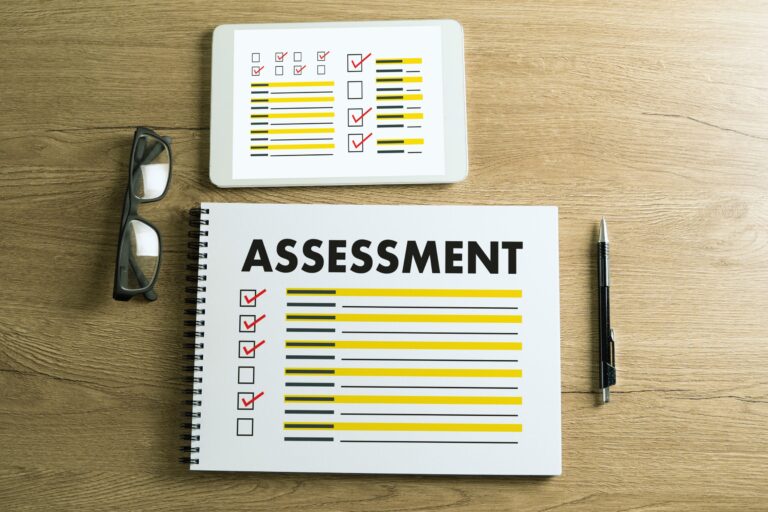Step-by-Step Guide to Teaching Financial Literacy in the Classroom
Teaching financial literacy in the classroom is more important than ever, as young people are increasingly faced with complex financial decisions at an earlier age. Whether it’s managing personal finances, understanding credit, or planning for retirement, financial education helps students make informed decisions that will affect their financial well-being throughout their lives. This step-by-step guide will help educators integrate financial literacy into their classrooms effectively.
Step 1: Assessing Students’ Current Knowledge
Before diving into lessons, it’s important to understand the students’ current level of financial literacy. A quick survey or informal discussion can help gauge their understanding of key financial concepts like budgeting, saving, and investing. This assessment will allow you to tailor lessons to their needs and provide a more personalized learning experience.
Step 2: Setting Clear Learning Objectives
Define what you want students to achieve by the end of the course. Are they expected to create a budget? Understand the basics of investing? Learn about credit and debt management? Having clear, measurable objectives ensures that both you and the students know what to expect from the lessons.
Step 3: Introducing Basic Concepts with Real-Life Scenarios
Financial literacy lessons should be relatable. Introduce basic concepts using real-life scenarios that students can relate to. For example, you can use examples of budgeting for everyday expenses or saving for a vacation. By making lessons practical and engaging, students are more likely to grasp and retain the material.
Step 4: Using Interactive Tools and Resources
There are many online tools and resources available to make financial education more engaging. Budgeting apps, financial simulators, and games can help students visualize financial concepts in action. Incorporating interactive tools encourages active participation and deeper learning.
Step 5: Reinforcing Learning Through Projects and Discussions
Give students the opportunity to apply what they’ve learned by working on projects like creating their own budget or planning a small investment strategy. Group discussions can also be a great way for students to share ideas, ask questions, and solidify their understanding of the material.
Step 6: Providing Ongoing Support and Feedback
Financial literacy is a lifelong learning process. Offer students ongoing support and feedback to help them continue building their skills. Encourage them to ask questions and provide guidance on how they can apply their knowledge to real-world situations, both now and in the future.
By following this guide, educators can create a comprehensive financial literacy curriculum that empowers students with the knowledge and skills to manage their finances responsibly. The FINMAN+ project offers valuable resources and training for educators to enhance their financial literacy teaching methods, ensuring that students are well-prepared to face the financial challenges of tomorrow.






